 Filmmaking is all about capturing authentic moments, and when it comes to crafting that cinematic magic, nothing beats the collaboration of sound and light. For filmmakers in the trenches of video production, creating a space where both elements seamlessly harmonize is the key to a standout film. Let's shed light on the often-overlooked heroes of the film set – SOUNDPROOF CURTAINS. In this piece, we're delving into why these curtains matter, giving you the lowdown on how they enhance your audio quality and keep your set quiet, with the added bonus of being black on one side and white on the other, playing with light creatively.
Filmmaking is all about capturing authentic moments, and when it comes to crafting that cinematic magic, nothing beats the collaboration of sound and light. For filmmakers in the trenches of video production, creating a space where both elements seamlessly harmonize is the key to a standout film. Let's shed light on the often-overlooked heroes of the film set – SOUNDPROOF CURTAINS. In this piece, we're delving into why these curtains matter, giving you the lowdown on how they enhance your audio quality and keep your set quiet, with the added bonus of being black on one side and white on the other, playing with light creatively.
Straightforward Audio Brilliance:
- Minimizing Distractions: Film sets can get noisy, and SOUNDPROOF CURTAINS act as your reliable noise gate, keeping unwanted sounds at bay so that your actors' lines and subtle background sounds can truly stand out.
- Echo-Free Zones: Ever noticed how a room's echo can mess with your audio? ACOUSTIC CURTAINS eliminate that issue, providing you with crystal-clear sounds without bothersome echoes bouncing around.
- Adaptable Sounds: Filmmaking is a dynamic art form. SOUNDPROOF CURTAINS adapt to your needs, whether it's a quiet conversation or a high-energy action scene, ensuring your audio remains clear and consistent.
Quiet Sets, Focused Filmmaking:
 The Importance of privacy on Set: Filmmaking requires concentration, and SOUNDPROOF CURTAINS create a tranquil space by keeping external noises out, allowing your cast and crew to focus on their craft without disruptions.
The Importance of privacy on Set: Filmmaking requires concentration, and SOUNDPROOF CURTAINS create a tranquil space by keeping external noises out, allowing your cast and crew to focus on their craft without disruptions.
Audio Consistency: Inconsistent audio is a filmmaker's nightmare. ACOUSTIC CURTAINS deliver a steady, consistent sound experience, eliminating the need for extensive post-production tweaks and edits.
Less Post-Production Fixing: SOUNDPROOF CURTAINS save you time in post-production. Spend more time bringing your creative vision to life and less time troubleshooting audio issues – it's filmmaking made easier.
Dual-Sided Sophistication: Where Style Meets Function
- Black & White: A Palette for Visual Control: Let's talk about the stylish side – dual-sided ACOUSTIC CURTAINS. One side in bold black, the other in fresh white. Why? Because you're the maestro of light. Manage how it interacts with your set, adding a touch of sophistication to your visuals.
- Contrast Elegance: Elevating Visual Appeal: Dual-sided ACOUSTIC CURTAINS aren't just practical; they're a secret weapon for creating visually stunning scenes. The black and white contrast adds depth and cinematic flair to your shots.
Conclusion:
 There you have it – the straightforward magic of ACOUSTIC CURTAINS.
There you have it – the straightforward magic of ACOUSTIC CURTAINS.
They aren't just for maintaining a quiet set; they're essential allies for achieving exceptional audio and visuals. As you gear up for your next film project, let the natural collaboration between sound and light take center stage, with SOUNDPROOF CURTAINS providing the backstage pass to a filmmaking experience that's as authentic as it gets.









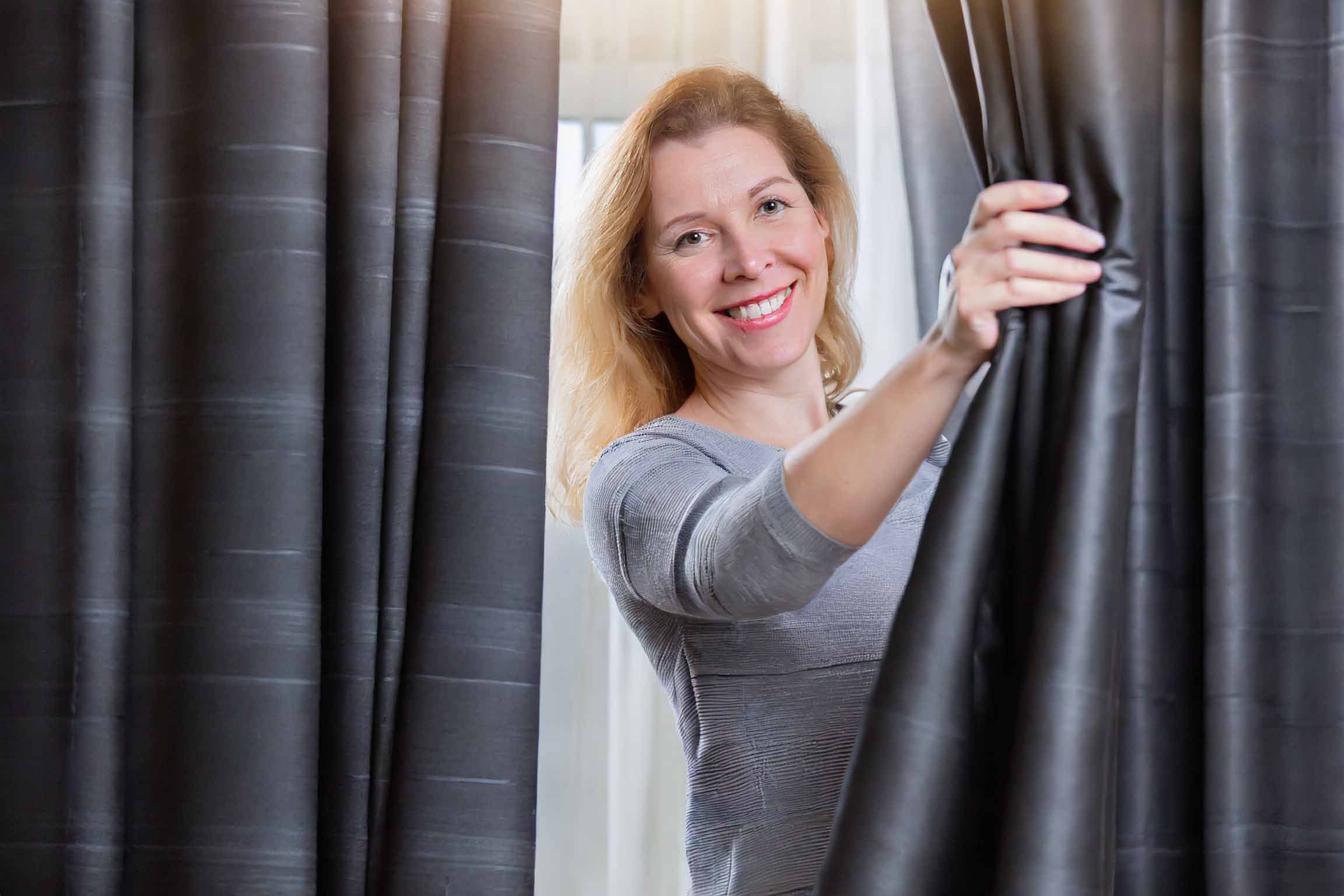
 ACOUSTIC CURTAINS
ACOUSTIC CURTAINS With the rise of remote work, home offices have become a focal point for many.
With the rise of remote work, home offices have become a focal point for many.  In densely populated urban areas, noise from neighbors and the surrounding environment can be a constant challenge.
In densely populated urban areas, noise from neighbors and the surrounding environment can be a constant challenge.  ACOUSTIC CURTAINS
ACOUSTIC CURTAINS Offices, meeting rooms, and conference spaces benefit from the installation of
Offices, meeting rooms, and conference spaces benefit from the installation of  ACOUSTIC CURTAINS
ACOUSTIC CURTAINS
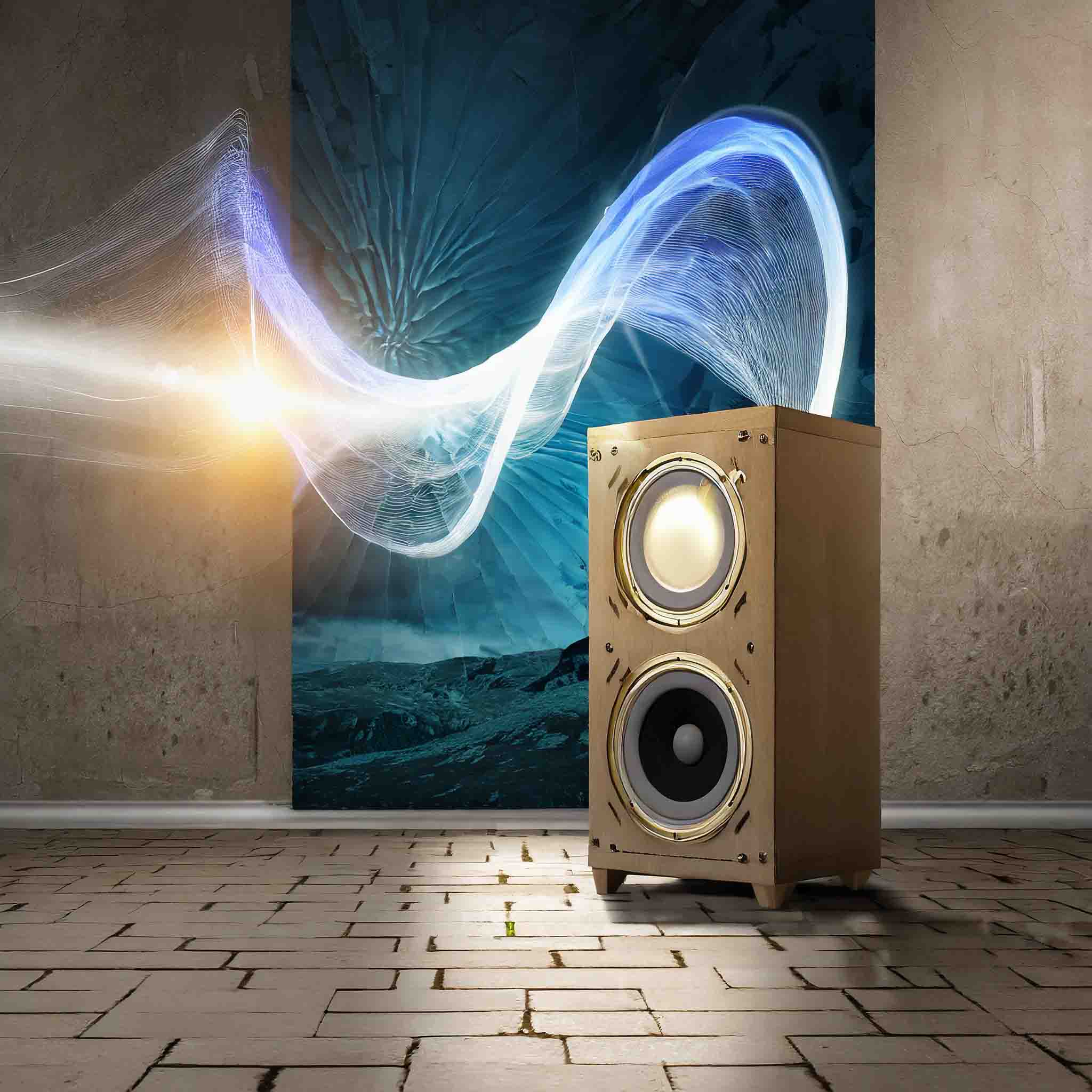 Before diving into soundproofing, it's crucial to comprehend the nature of sound itself. Sound is a mechanical wave that travels through a medium, usually air. When an object vibrates, it creates pressure waves that propagate through the air, reaching our ears and enabling us to perceive sound. This fundamental characteristic of sound explains why, in the vast vacuum of space, where there is no air or any other medium, sound cannot travel.
Before diving into soundproofing, it's crucial to comprehend the nature of sound itself. Sound is a mechanical wave that travels through a medium, usually air. When an object vibrates, it creates pressure waves that propagate through the air, reaching our ears and enabling us to perceive sound. This fundamental characteristic of sound explains why, in the vast vacuum of space, where there is no air or any other medium, sound cannot travel. Absorption Materials: Sound-absorbing materials, such as fiberglass, or blend of cotton and polyester, which we utilize in the production of
Absorption Materials: Sound-absorbing materials, such as fiberglass, or blend of cotton and polyester, which we utilize in the production of  As an accessible and versatile solution,
As an accessible and versatile solution, 
 One of the key features of
One of the key features of  The effectiveness of
The effectiveness of  Many high-quality
Many high-quality  In addition to their material composition, the design and installation of
In addition to their material composition, the design and installation of 
 „ I am not professional Voice Over Artist. So I am amateur. I decided to buy
„ I am not professional Voice Over Artist. So I am amateur. I decided to buy 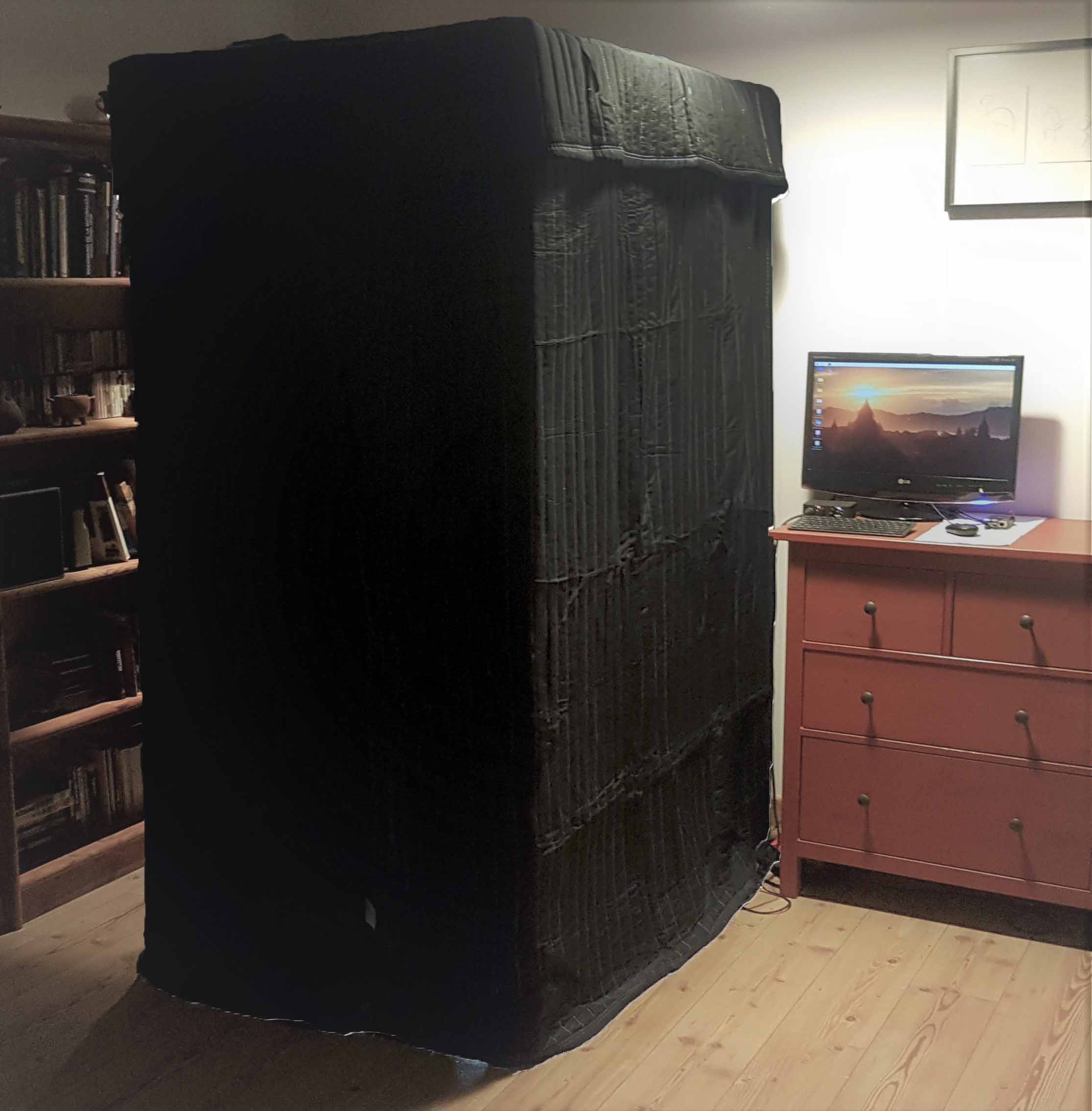 With
With 
 In a world filled with distractions and external noises, maintaining a quiet and focused studio space is vital for musicians.
In a world filled with distractions and external noises, maintaining a quiet and focused studio space is vital for musicians.  ACOUSTIC CURTAINS
ACOUSTIC CURTAINS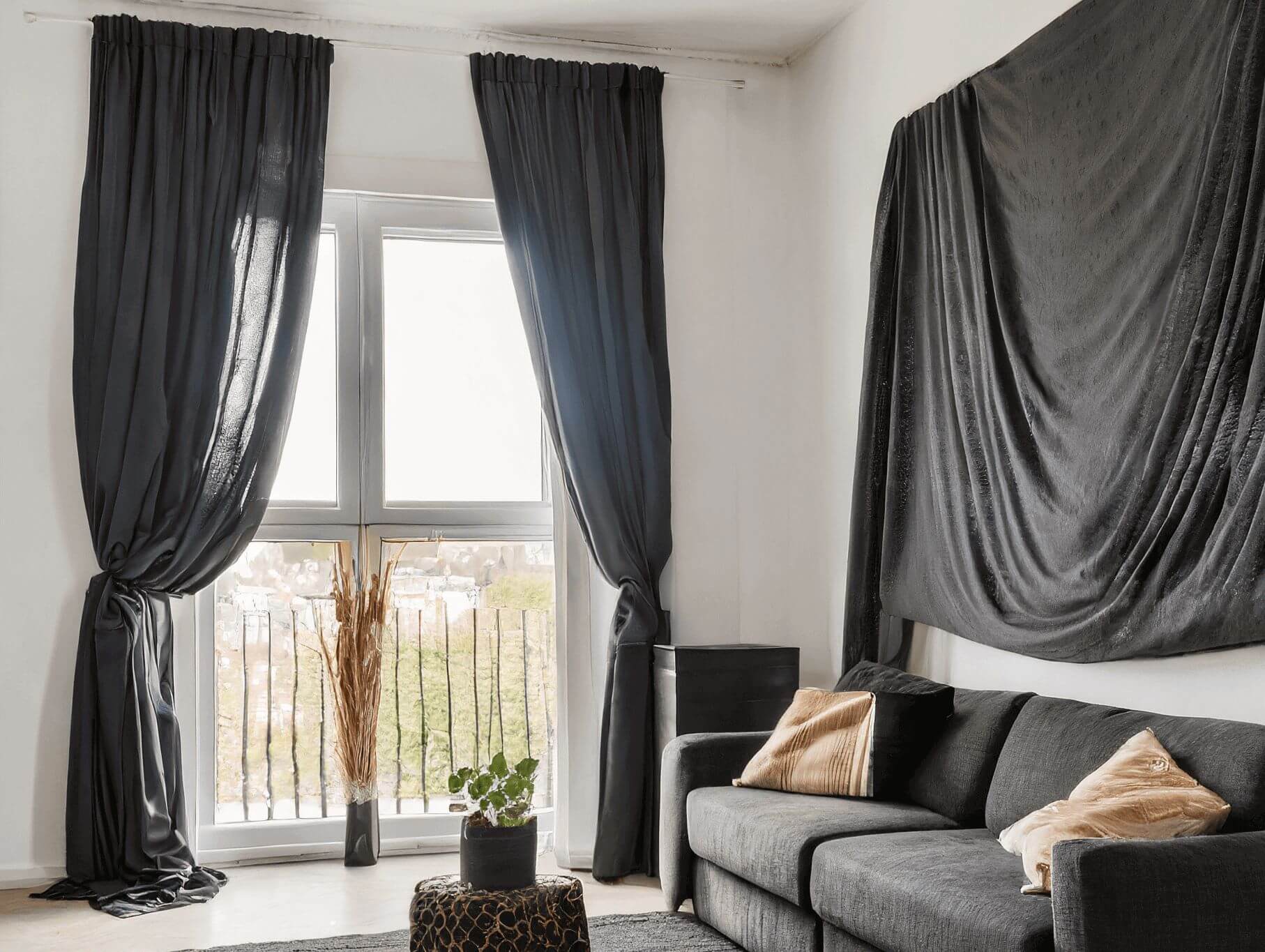

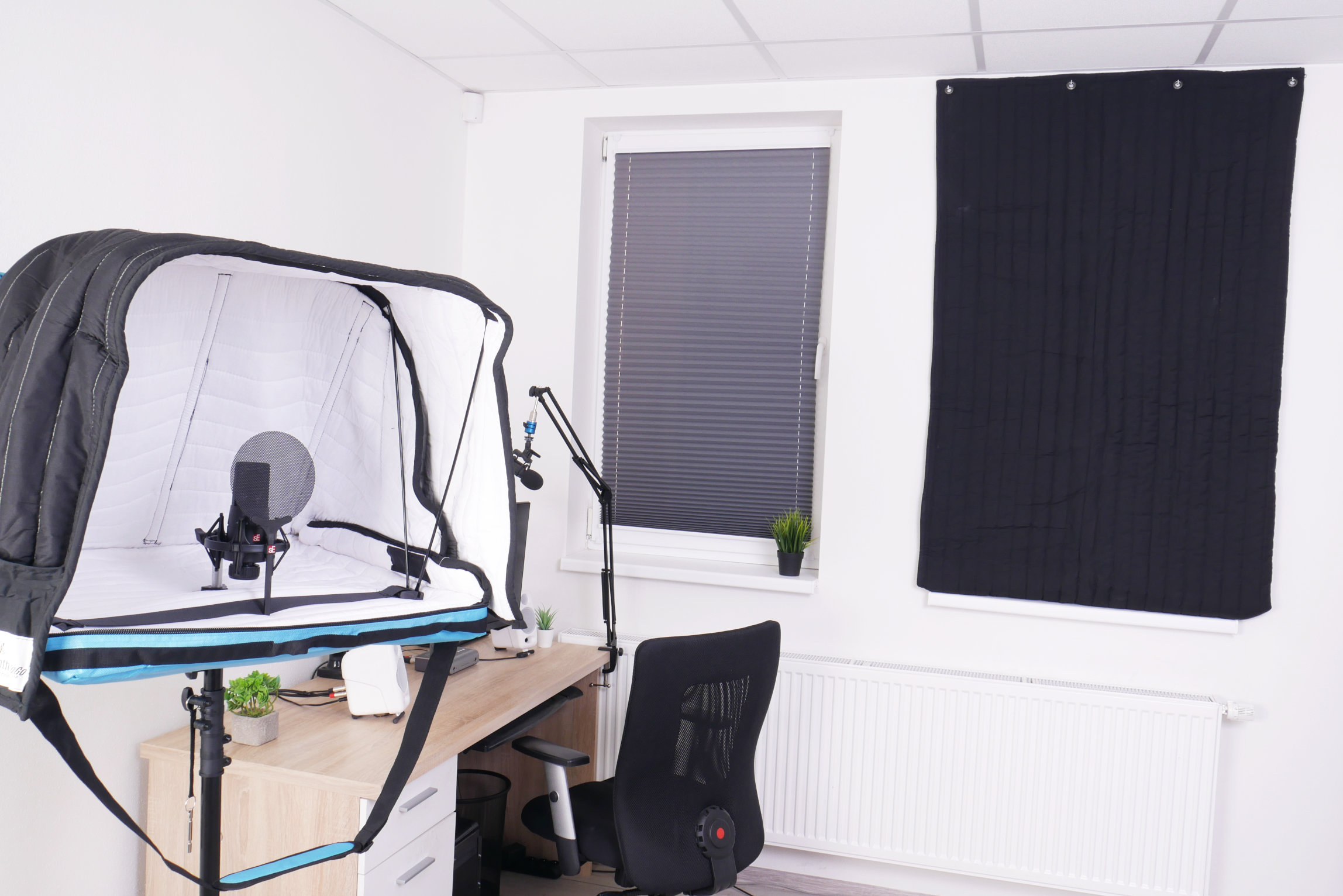



 A professional voiceover studio isn't just about having the right equipment; it's also about creating an environment with optimal acoustics. To ensure that your recordings are crystal clear, consider the following:
A professional voiceover studio isn't just about having the right equipment; it's also about creating an environment with optimal acoustics. To ensure that your recordings are crystal clear, consider the following: Identify your niche within the voiceover industry. Choose from animation and character work, commercial voiceovers, audiobooks, or video games, and specialize in what you're passionate about.
Identify your niche within the voiceover industry. Choose from animation and character work, commercial voiceovers, audiobooks, or video games, and specialize in what you're passionate about. Stay updated on industry trends and technological advancements. Be adaptable and open to learning new skills to remain competitive in this ever-evolving field.
Stay updated on industry trends and technological advancements. Be adaptable and open to learning new skills to remain competitive in this ever-evolving field. Success in voiceover artistry is not just about talent but also about determination, dedication, and ongoing self-improvement. Embrace the journey, and you'll find your unique voice in this creative field.
Success in voiceover artistry is not just about talent but also about determination, dedication, and ongoing self-improvement. Embrace the journey, and you'll find your unique voice in this creative field.
 Acoustic blankets
Acoustic blankets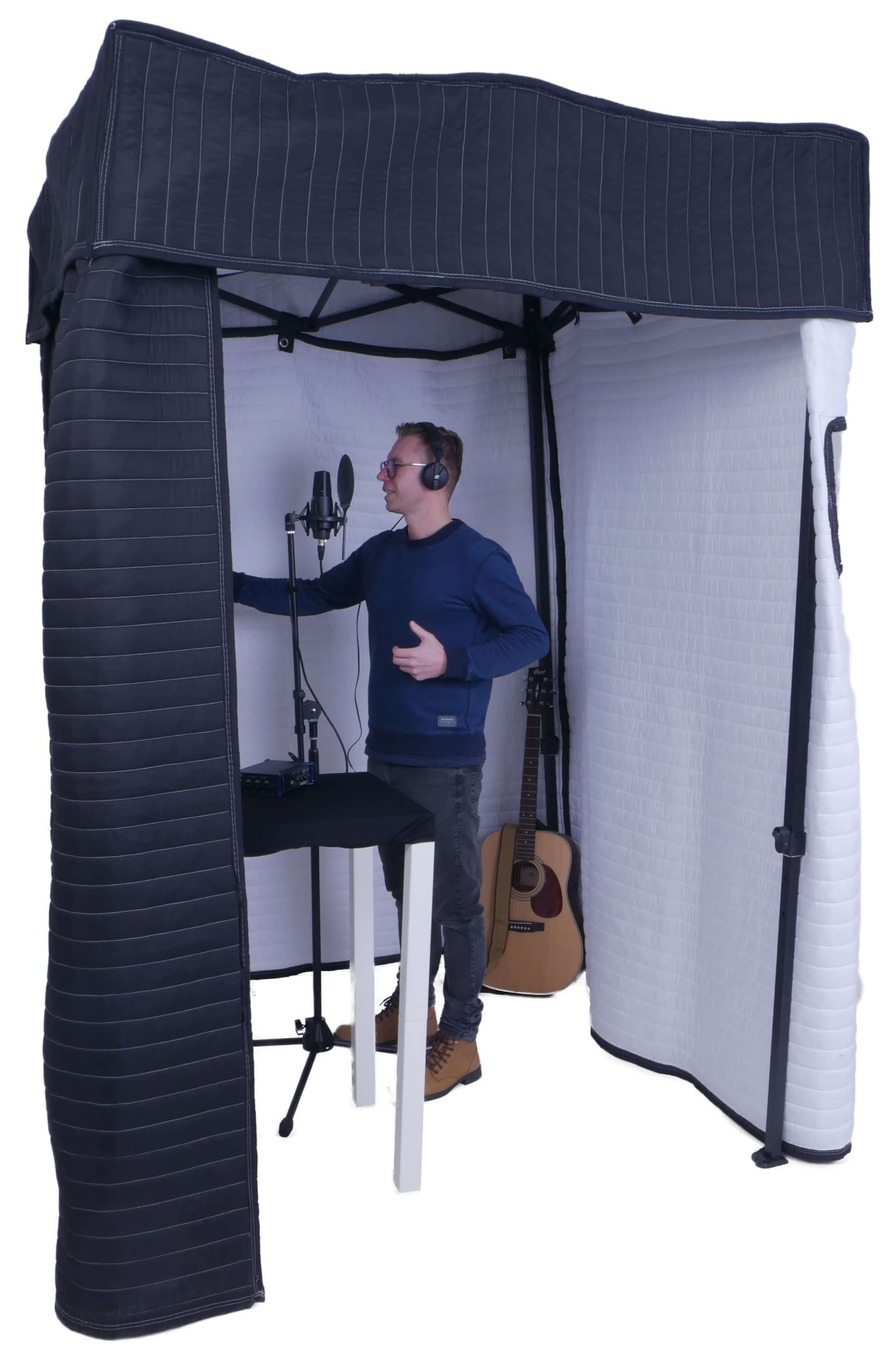 Vocal booths
Vocal booths Soundproof booths
Soundproof booths

